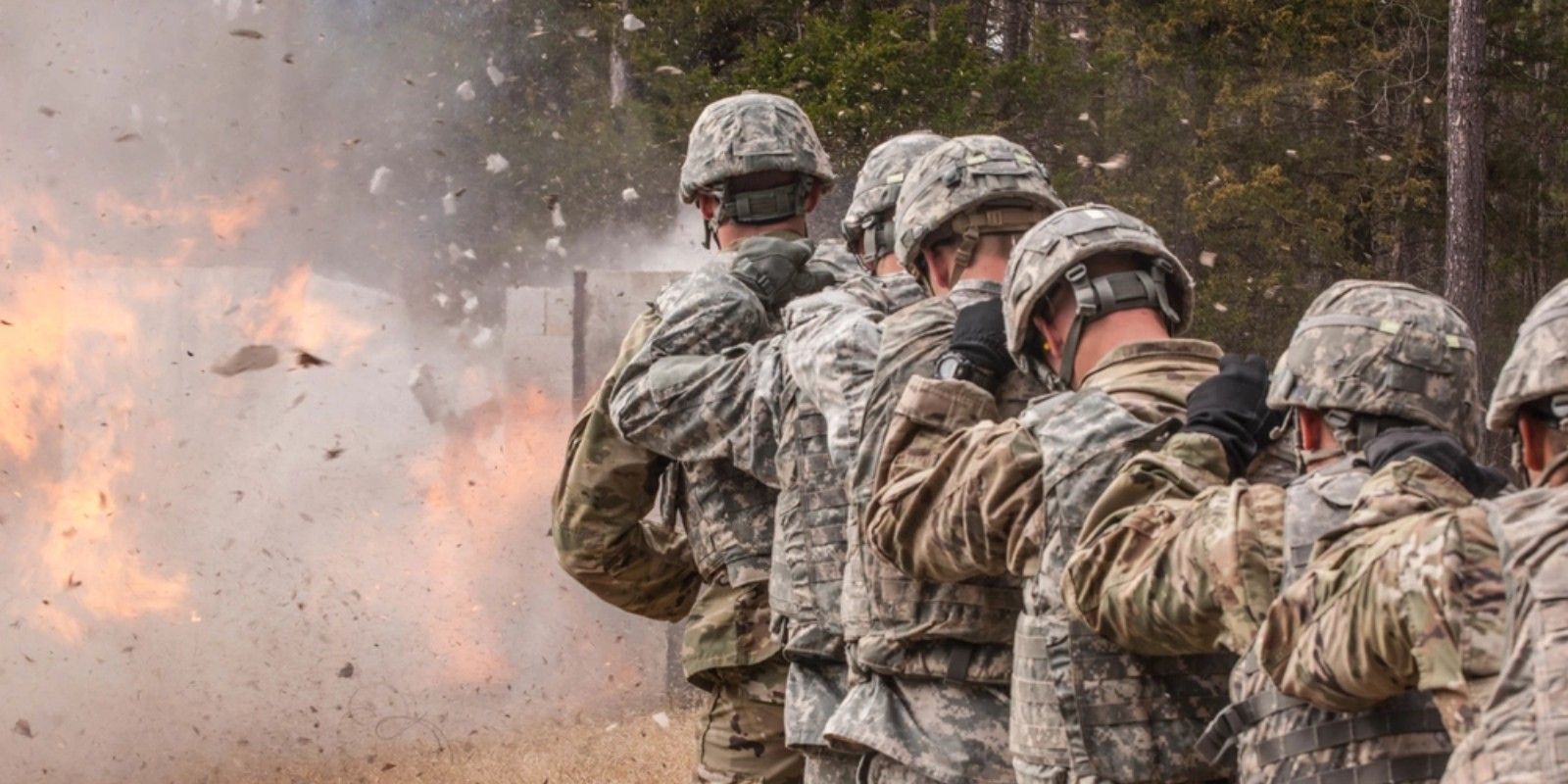FRCE STEM CART PILOT A SUCCESS IN LOCAL SCHOOLS
By MyBaseGuide Staff Member

Story by Heather Wilburn on 07/01/2019An education outreach program piloted by Fleet Readiness Center East produced positive results in two local elementary schools, and is set for district-wide pickup in the upcoming school year.
Engineers with FRCE's mobile fabrication lab, or FabLab, designed and built two mobile carts filled with projects that help reinforce science, technology, engineering and mathematics (STEM) concepts to two Craven County elementary schools. These STEM carts were launched at W.J. Gurganus Elementary School in Havelock and Vanceboro Farm Life Elementary School in early 2019, and were so successful the school district requested a cart for each of its 15 elementary schools for the upcoming school year.
The carts made an immediate impact at the schools where they were launched, said Kristi Reed, the Strategies for Success analyst with Craven County Schools. Reed's role is to incorporate and support successful learning strategies into the classroom at all grade levels, and the carts fit that bill, she said.
"The initial impact was to bring a focus on science into our elementary classrooms, in a way that integrated engineering and technology naturally," Reed said. "The cart gave teachers and students an easy way to access materials that allow them to be creative and challenge them to take curricular concepts and apply them in a hands-on way."
According to Brittany Bullock, the project lead and an engineer at FRC East, the STEM carts originated in response to a request from Craven County Schools. The district wanted FRCE's help in determining the best way to incorporate more STEM education into the elementary-level classrooms. The cart design addresses classroom space constraints by allowing it to be stored out of the way, and the format is mobile enough to be shared within the school.
"The STEM carts are part of our outreach efforts as a whole," said Randall Lewis, the FabLab/Innovation Lab lead with FRCE's Advanced Technology Integrated Product Team. The FabLab equipped with 3D printers and other exciting technology already provides STEM outreach efforts to middle- and high-school students, Lewis explained, but is too advanced for the younger children; the carts give the team a way to reach out to elementary-school students with age-appropriate activities.
"The standards at the state education level for second-graders really mesh well with what the STEM carts have in them," Lewis said. "The students learn a lot about the weather, they learn about collecting data and making graphs; the content in second grade plays really well with the STEM carts," which are equipped with project instructions and the supplies needed for each activity. Pipe cleaners, markers, Legos, construction paper, scissors, hot glue guns and other building materials all have a home in the carts.
"The idea of the cart was to make this easy for teachers to integrate into their daily schedules, sustainable and, most importantly, fun for our students to become excited about STEM," Reed said. "The carts become an interactive curriculum on wheels to capitalize on instructional time and reduce transition time for students."
The cart is able to address students' learning needs in a flexible manner while providing opportunities for students to practice and apply the standards they have been taught, which align with North Carolina standards in science, math, social studies and language arts.
"Kids that age like to touch stuff, and they're also developing their motor skills," Lewis continued. "The fact that they're getting to use their hands is just as important as the fact that it's a STEM activity. Putting things together, getting to use glue and fuzzy cotton balls it's huge for them."
The STEM cart design allows for different methods of usage; projects can be self-led or completed as a group. This feature increases its usability, as does the fact that teachers can tailor the projects to their specific curriculum needs.
"The flexibility really helps increase the students' STEM exposure," Lewis said. "The original intent was for students to be able to do a STEM activity at their desk during their free time, once they are finished with their assignments, but they have also been used for group projects. The teachers are using the cart in a variety of ways."
Reed said the teachers at Gurganus opted to rotate the cart so that each classroom had the cart on a specific day, and the Vanceboro teachers rotated the cart weekly. Reed met with the participating teachers monthly to receive feedback and identify areas for improvement.
"Throughout all of the meetings, there was a definite positive response to the implementation and use of the carts," she continued. "The feedback from the students was that they were always excited to have the cart in their room, and enjoyed being able to apply concepts in class to creative learning."
The carts have been so well-received that next year's additions will be a joint venture between FRCE and Craven County Schools. The results were so positive that the district will invest in the program, with FRCE's Research and Engineering Group providing the carts and the schools providing the supplies. This shows that the school sees the value in increased STEM education, Lewis noted.
STEM exposure now at the elementary level can lead to increased interest in STEM education and careers as students grow through the system. This, in turn, benefits FRCE by helping to cultivate FRCE's future workforce right here are home, Lewis added.
"It really is all centered around us building a community of people who want to work here, want to live here and want to have a career here, because those are the people we keep for the long haul, they are the most successful people that work here, and they are the people we want to invest in," he continued. "That's where it all comes from. I think it's a cool thing."
Fleet Readiness Center East is North Carolina's largest maintenance, repair, overhaul and technical services provider, with more than 4,200 civilian, military and contract workers. The depot generates combat air power for America's Marines and Naval forces while serving as an integral part of the greater U.S. Navy; Naval Air Systems Command; and Commander, Fleet Readiness Centers.
SHARE:
TAGS:
JOIN OUR NEWSLETTER
Get the latest news and military discounts



